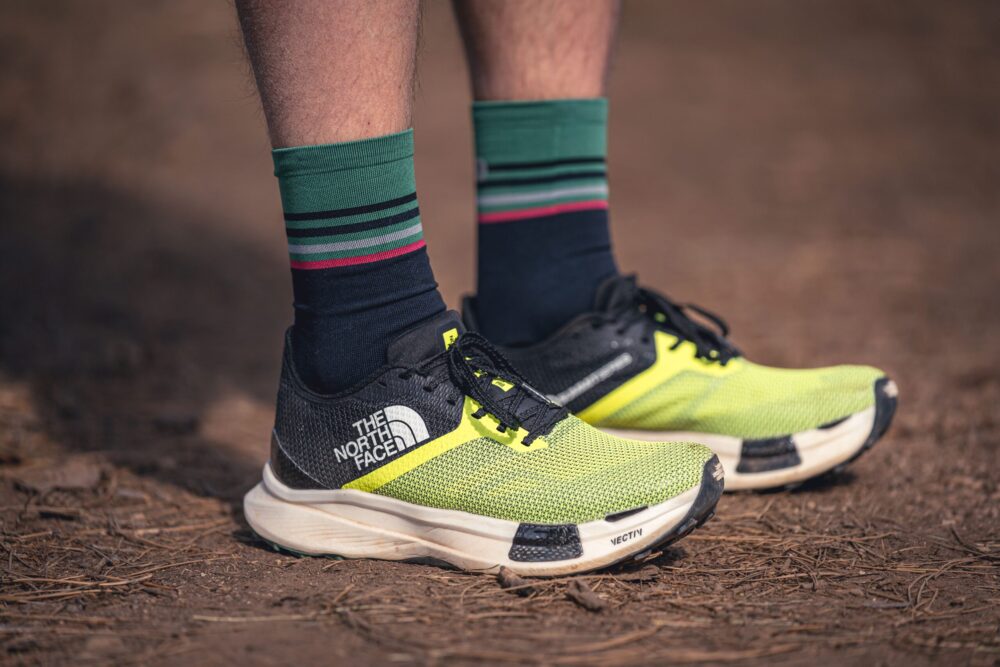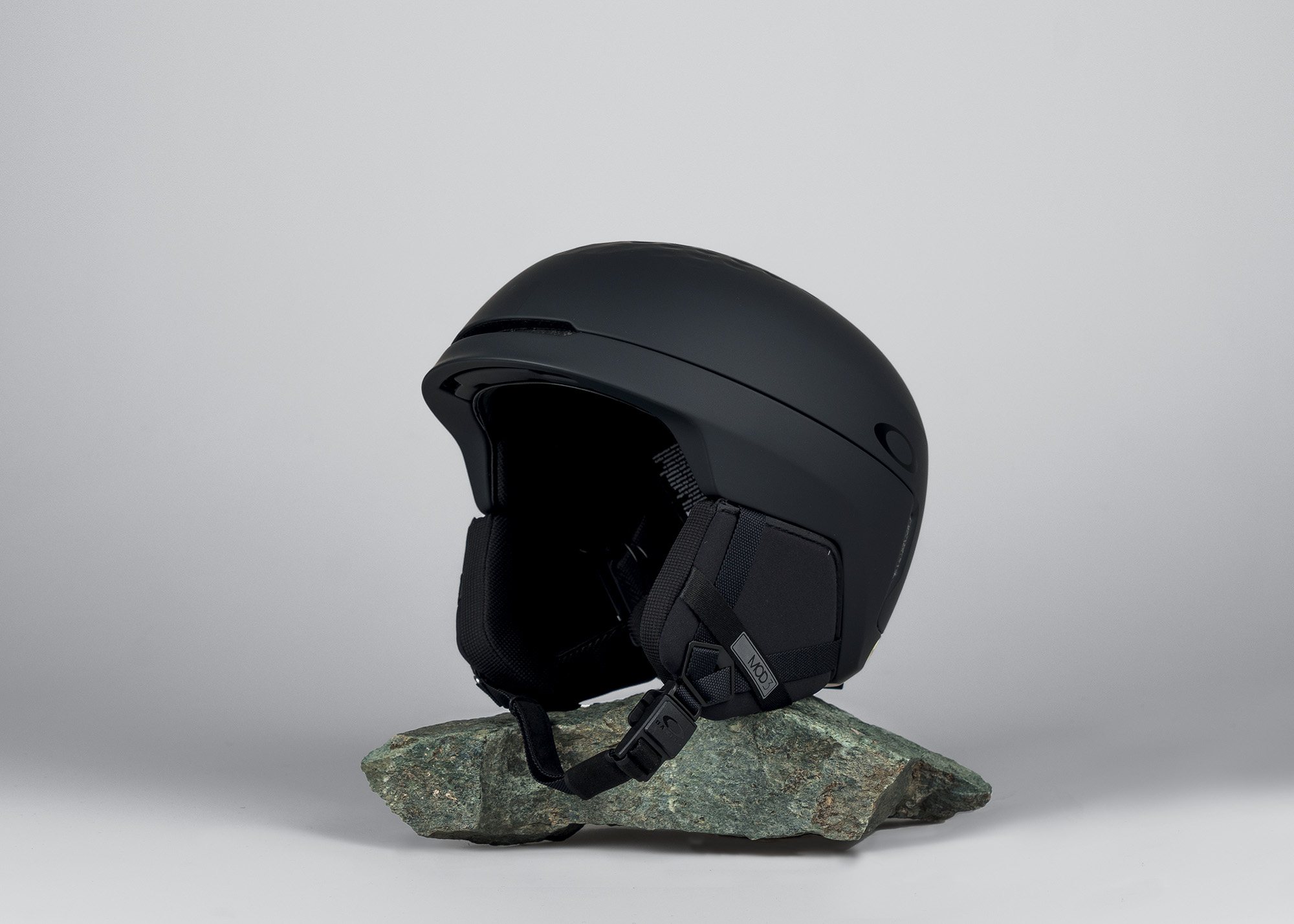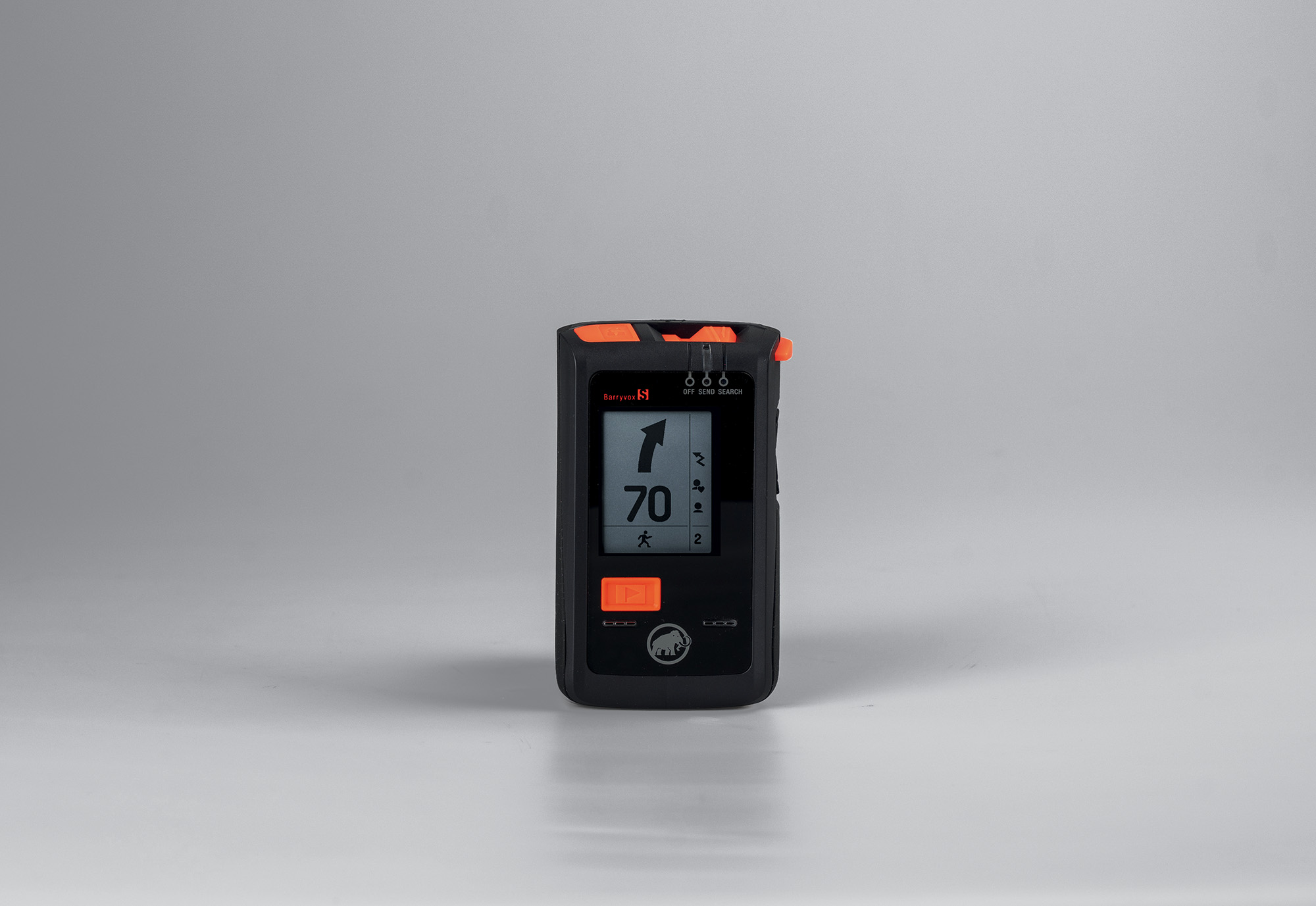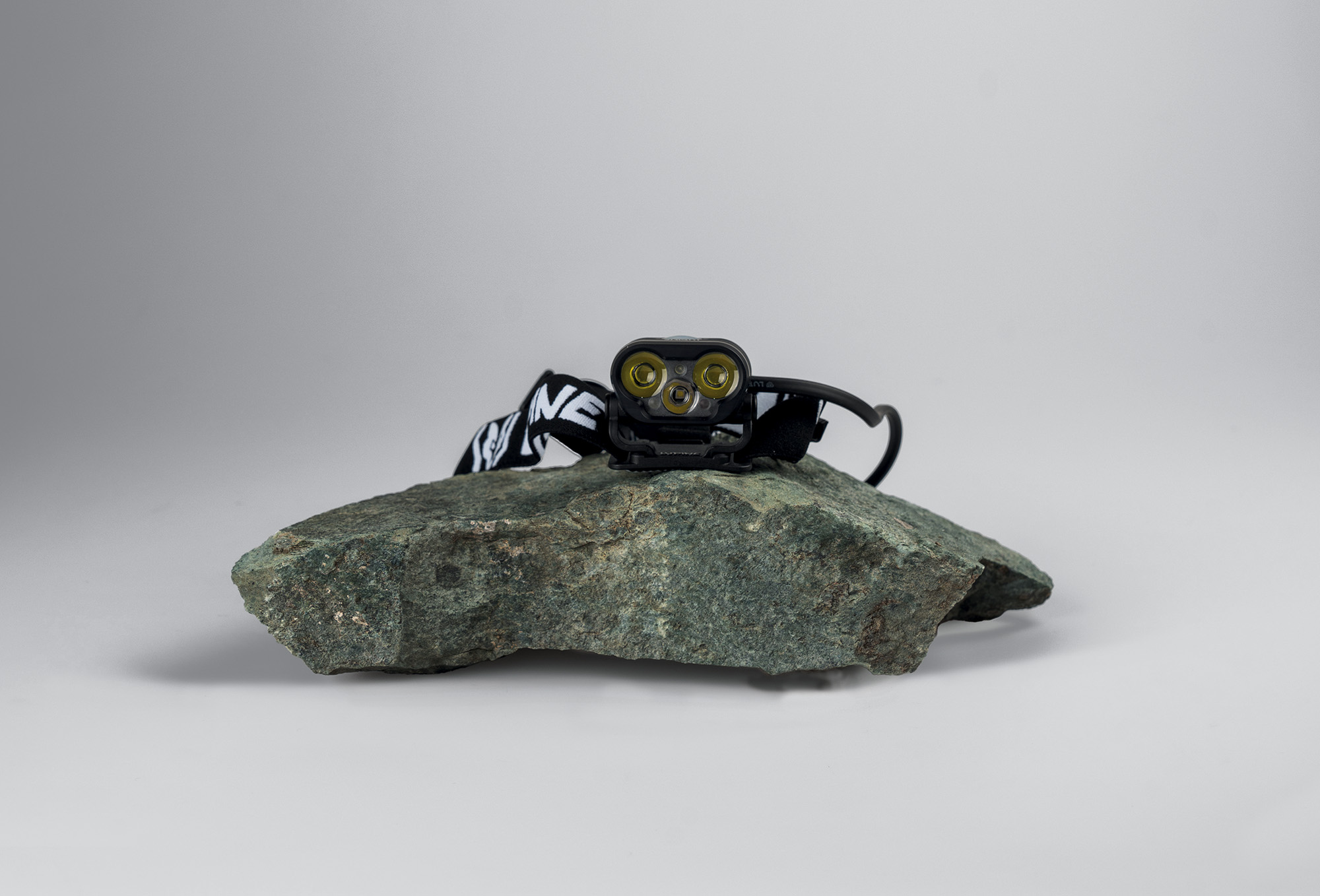The North Face Vectiv Pro
The North Face Vectiv Pro Tested by The Pill
By Filippo Caon, photo: Elisa Bessega.
With the Vectiv line, The North Face had introduced the carbon plate in a trail shoe for the first time. Nonetheless, the Denver-based brand’s direction did not seem final, but with the launch of Vectiv Pro it may have reached a fixed point when it comes to dedicated long-distance racing shoes.
Usage: Recommended on runnable trails for any distance, even for heavy athletes.
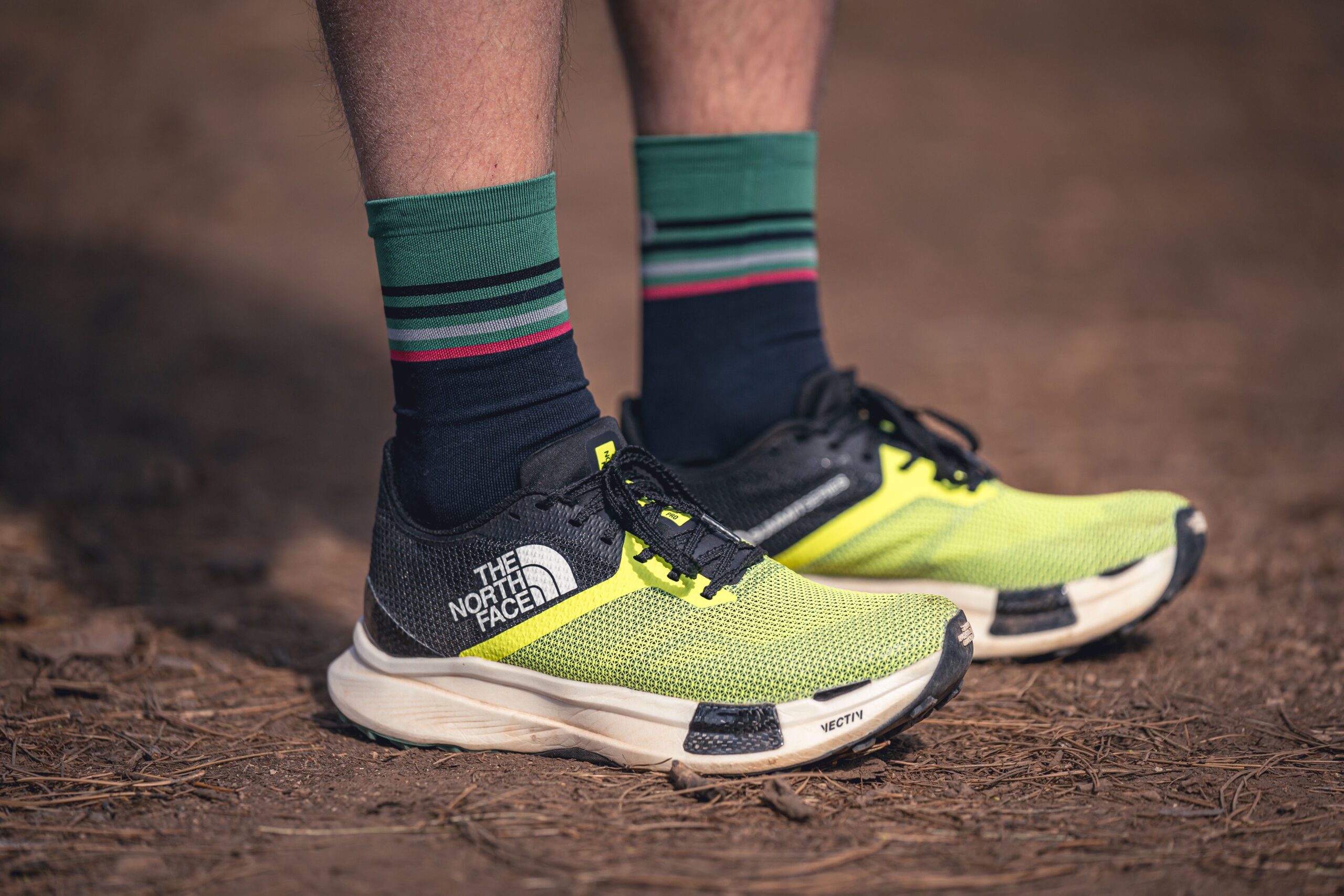
Specifications
Brand:
The North Face
Model:
Vectiv Pro
Launch:
February 2023
Usage:
Trail
Weight:
290gr
Price:
250,00
Forefoot height:
26mm
Heel height:
32mm
Drop:
6mm
Technologies:
Carbon heel counter, plate and stability lugs
Fit:
Bandage-like and medium on the forefoot
Upper: Mesh
Midsole:
Vectiv 2.0
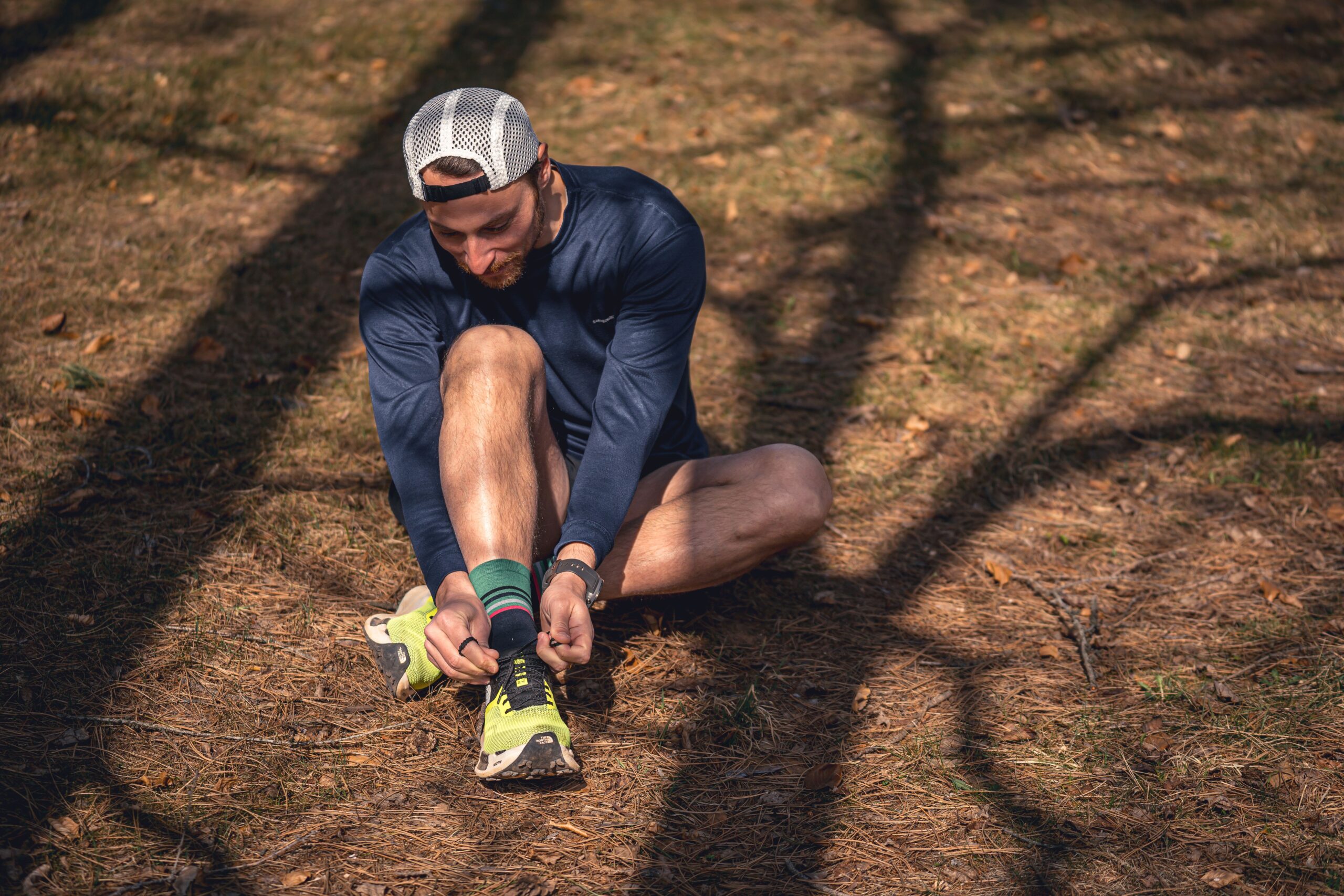
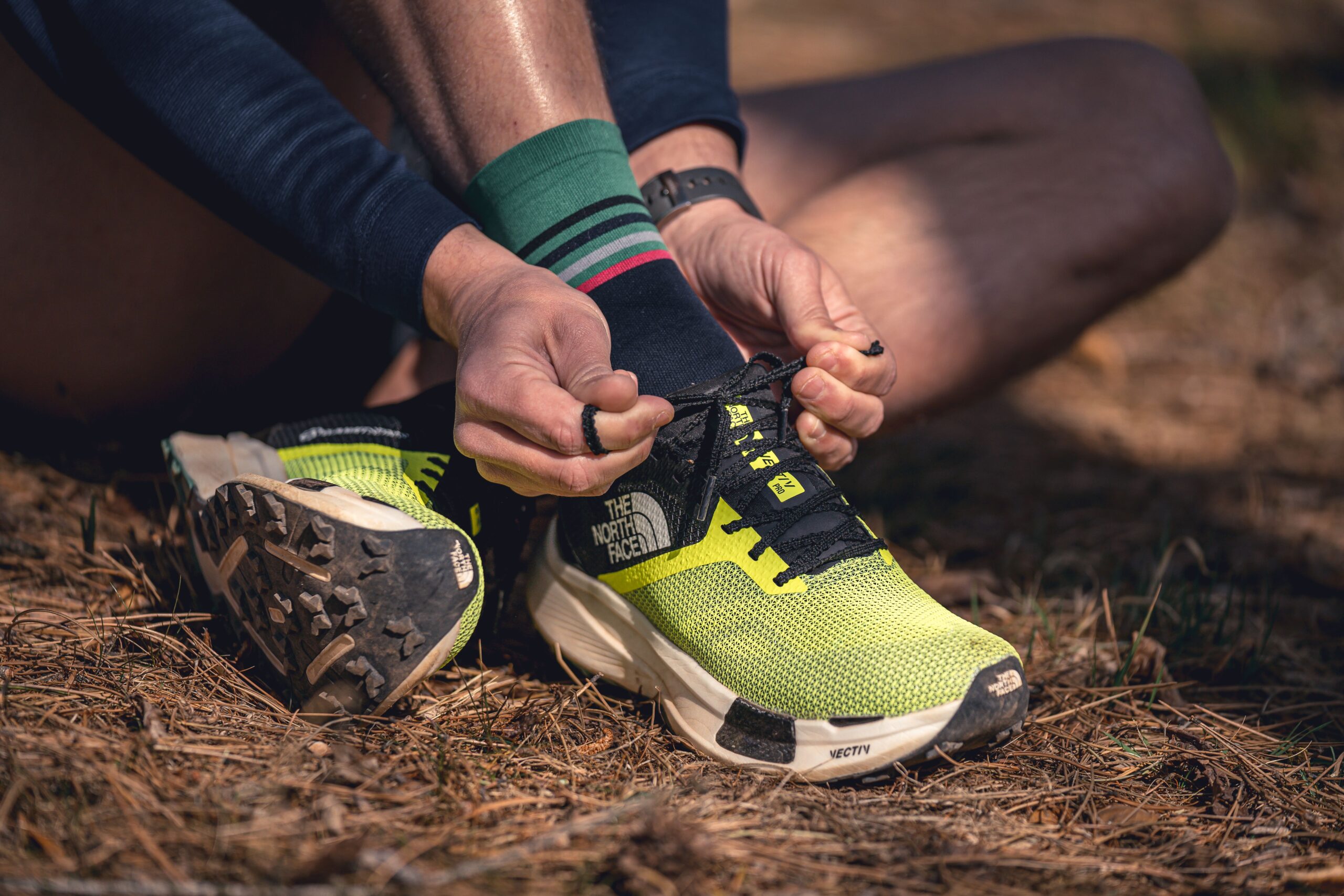
Introduction
With the new year, The North Face has completely overhauled its race shoe offering, replacing the old Flight Vectiv (the lightest of the family, the one with the carbon plate to be clear) with not just one new model, but two. So there will no longer be one ‘performance’ shoe followed by less technical models as there were Enduris and Infinite, but two: Vectiv Pro dedicated to long distances and Vectiv Sky for skyraces. Both of them have carbon plate, same upper material and same sole, other than that in common they are two shoes with completely different feeling. The advantage is that they developed a more technical and lighter shoe, first for their athletes and then for more advanced amateurs who were looking for a lightweight but more protective product. With Vectiv Pro The North Face has created a model with a fairly broad market, as we shall see, and one that balances comfort and protection well with responsiveness. Let’s take a closer look at what it looks like.
Shoe description
We try to be telegraphic in our description to give more space for our considerations. Overall Vectiv Pro is quite tall and protective: 31mm on the heel, wide on the toe both as a fit and underneath, on the tread pattern, this makes it a bit more stable compensating for the significant height. It stays well under 300 grams in weight, so it is quite light, mainly due to the midsole foam that they call Vectiv 2.0, which as we will see later is very light. Overall, it is a shoe with a very low minimalist index, so it is protective, has a lot of material, but offset by a very light feel to the foot.
Upper
The upper is developed with a plastic material mesh with a very wide weave that lets the foot underneath show through. This material is very light in weight and obviously breathable precisely because it is not a traditional mesh but precisely resembles more of a mesh. While lightweight, it protects well without needing special reinforcements or TPU molds-except for a slight internal reinforcement on the fingers. The tongue wraps around the entire foot in the medial part, making the fit snug on the instep but leaving plenty of room on the toebox. In general, the entire upper part is unstructured: the collar and heel are also flexible, the latter being reinforced only on the lower part by a carbon buttress, which is nonetheless light and quite flexible. Detail of the laces, which have a knurling that prevents unfastening.
Midsole
The midsole is very high: 32mm on the heel and 26 in the forefoot, for a very balanced 6mm drop. It is a foam that they call Vectiv 2.0, which then gives the entire line its name, that manages to combine cushoning and responsiveness well. It is a strange feeling at first because there are no trail shoes with such an effect, usually carbon trail shoes are quite hard, while these have a springy effect that is closer, at least as an idea, to the technologies seen on road shoes in recent years. Therefore, do not expect a shoe with inert cushioning. The shape of the midsole maintains a very pronounced rocker, so at the toe box it rises much higher than at the base of the shoe, improving the sensation of thrust in support.
Plate
The plate is placed just below the insole, so above the midsole and not in the middle as seen in other models. Since it is very close to the foot, it is a flexible and thin plate, which would otherwise be uncomfortable, while the carbon inserts that can be seen on the outside of the forefoot are two carbon fins that start from the plate and go down to give more stability to the midsole, which would otherwise deform. It is one of the first trail shoes we test in which the carbon is seamlessly integrated into the overall feel of the shoe, and is not a stiffening element. Running you can’t even feel it, but it evidently contributes, along with a compound that would otherwise be too soft, to the bouncing feel characteristic of this shoe.
Sole
The tread uses The North Face Surface-CTRL compound with The North Face’s typical butterfly-shaped tread block. The sole of the previous Flight Vectiv was one of the grippiest we had tried lately, on par with if not above the best Vibram and Continental soles, in this model, however, the grip is slightly less and in our opinion due to two reasons: although the lugs are identical both in design and in width and depth compared to the previous model, they are further apart, thus reducing the bearing surface; the second reason is due not to the sole but to the construction of the shoe, which being softer and much taller in itself has the side effect of being less precise. However, it is a very good sole, in line with The North Face’s standards, but it is the only factor that loses comparison with the previous model.
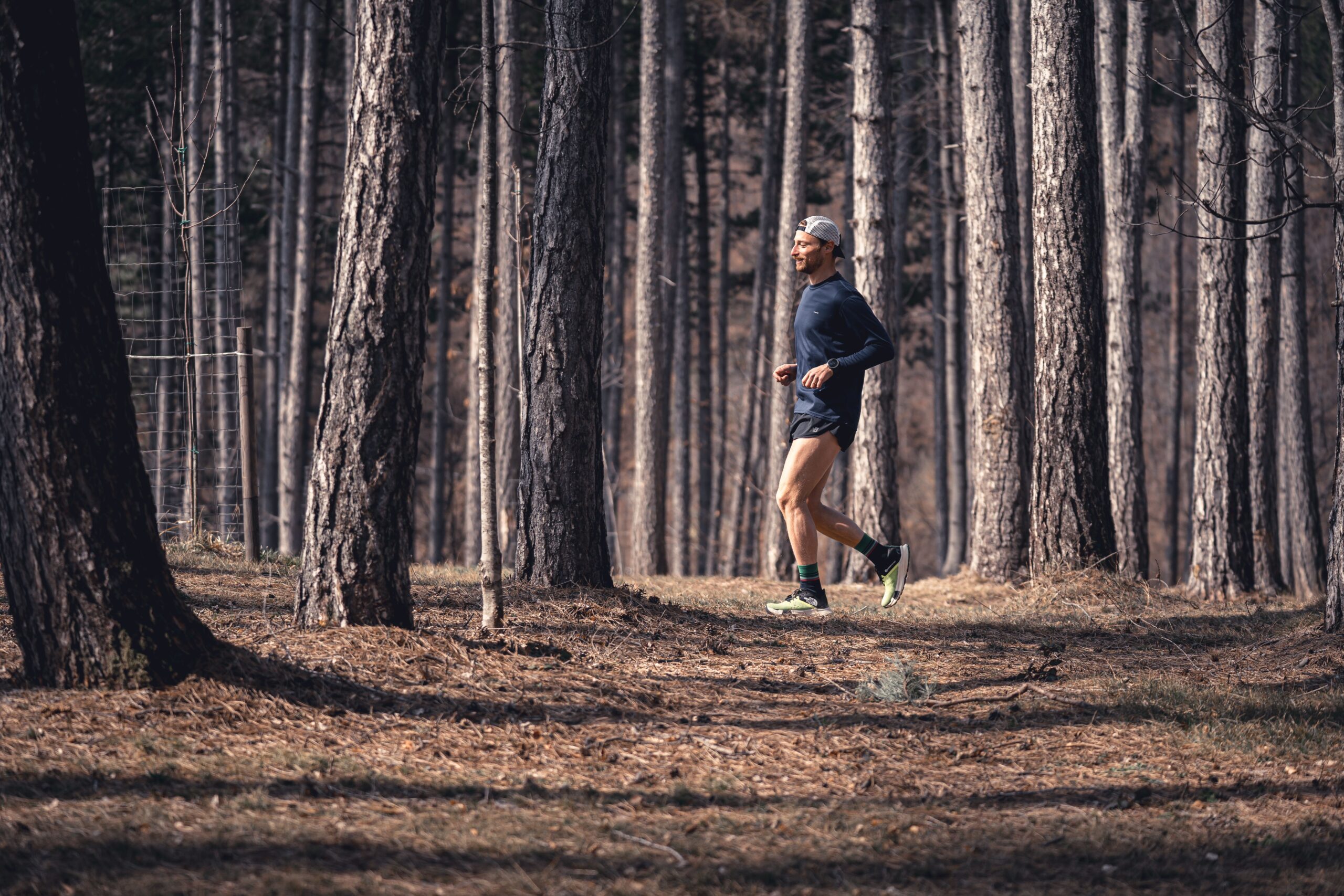
What we liked
The feel to the run is very pleasant: it encourages a forefoot stance, in false-floor gives this pleasant ‘springy’ effect, the midsole balances cushioning with elastic response. While up until a few years ago responsive trail shoes were low and dry, with the development of foams in recent years they have gradually risen leading to results such as these, so we feel we can say that this model is in line with the compass that will be held in the coming years. We like the fact that the carbon plate is not felt and does not restrict the movement of the foot, but only helps give structure to the otherwise too springy midsole. It is a shoe suitable for wearing many hours, with which to run a 100-mile race with no worries. Last we liked the knurled laces: before you had to tie a double knot, now you don’t need to.
What we didn’t like
Good on the runner, they suffer on the technical: the wide fit on the forefoot combined with the height of the midsole inevitably reduces stability, so if you have ankle tendon problems perhaps you might avoid them; the carbon lugs visible on the forefoot reduce the shoe’s torsion, but it still remains soft and flexible, which is a good thing when it comes to running, not so much on stony descents.
Conclusions
Let’s put it this way: comfortable, we feel, is comfortable for everyone, even slower riders; effective is for those who can to push it. It is a shoe we would do a UTMB, LUT or even shorter, mountain races with but with fairly clean trails without too many rocks, stones and roots. It’s fun to use it on forestry because it gives a lot of response; on such steep climbs and technical descents, on the other hand, it tends to dimple because the pace drops and it loses elasticity. Regarding durability: the upper is very durable, carbon normally tends to unload after a few hundred kilometers but the function of the plate, as we have seen, is different here so you would have to evaluate it according to the weight of the athlete and the conditions of use. The sole, on the other hand, we have already tried it many times and feel we can vouch for it.
See you on the trails.
